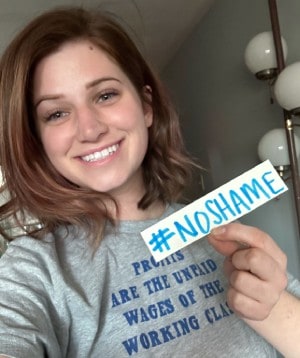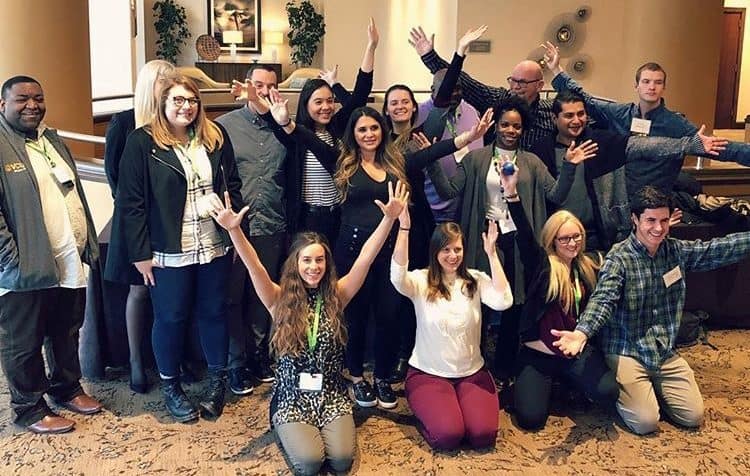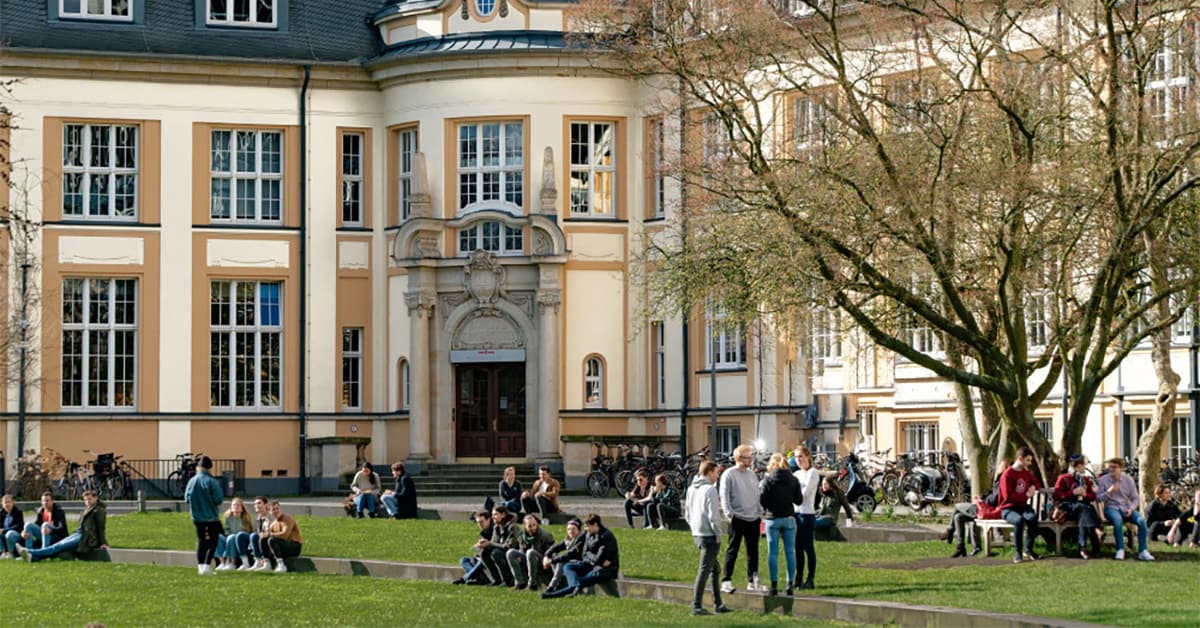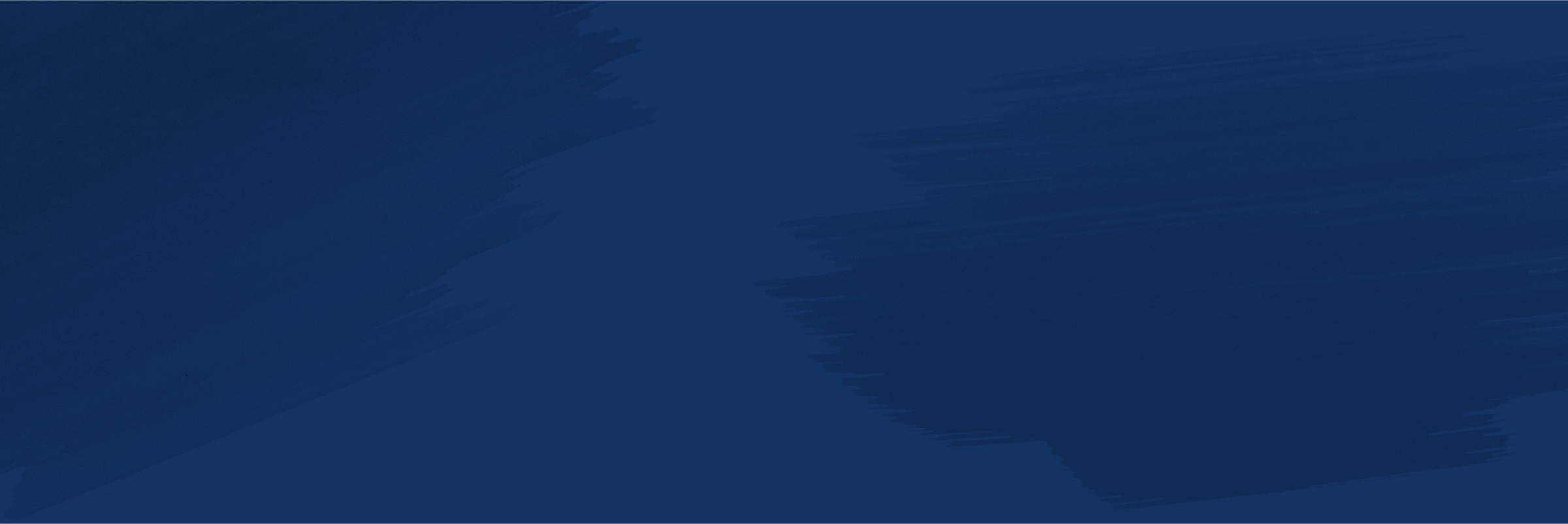In celebration of Women’s History Month this March, SAFE Project is sharing interviews with women making a difference in the fields of mental health, substance use, recovery, & fighting the stigma that accompanies it.
Tell us a little bit about yourself.
My name is Melissa Jacobsen, and I study industrial organizational psychology at Illinois Institute of Technology. I’m studying through their Master’s program. I am also currently working with SAFE Project. I live in Chicago, Illinois, with my two cats, my dog, and my husband.
How did you find SAFE Project?
SAFE Project was introduced to me through my mentor, Brian Vanderheyden, when I studied at Iowa State University. He was the faculty advisor for Iowa State’s collegiate recovery community, and I was the president of that community at the time. He said to me, “I’ve heard about SAFE Project. They have this wonderful fellowship, and I think that you would be a good fit for this.” He encouraged me to apply, and I did. I attended SAFE Project’s Collegiate Recovery Fellowship Academy in 2018/2019.
What did that fellowship entail?
Each of the fellows had their own project, but for my own project, I worked on producing a virtual 5K; participants could walk, run, wheel, whatever they needed to do to move. We also had QR codes along trails with ways that they could interact. It was also a way to raise money for Iowa State’s collegiate recovery community.
Your involvement with SAFE Project has spanned a number of years. What is your role right now?
I am currently working with the SAFE Campuses as well as the SAFE Workplaces portfolios as a research and development intern. What we’re trying to create is a platform for those who are transitioning out of university and taking that next step into the workplace. It’s meant to create a bridge during that transition period so that they’re just not left on their own. A lot of the fellows in the CRLA are in recovery, and there are just not a lot of resources for those in recovery entering the workplace. My primary goal is to establish a system where students can access these resources and both organizations and individuals living with addiction are able to meet each other and create a healthy workplace.
Another project I am currently assisting on is a wellness program for organizations to utilize when they believe an employee may be suffering from or using substances at the workplace. We want to make this a proactive wellness program as opposed to a reactive wellness program. Oftentimes you will see workplaces don’t have programs like this in place until an employee has overdosed in the parking lot. We want to be preventative in these cases because there’s no going back from what has happened.
Within that, we’re specifically trying to reach the construction and labor industries as well as the restaurant and hospitality industries. Those are some of the industries that are affected the most. We’re also seeing an increase of substance use within remote workplaces. Our next step is to address what hybrid situations look like and how we can help our employees who are working from home but still struggling from these substances.
What is unique about some of the specific industries you mentioned?
I was a waitress for ten years, and being a waitress was a big part of my addiction. You work weird hours, and you work with interesting characters because it’s kind of an odd-ends job. Most people do not see serving or working in the restaurant industry as a lifetime career. When you deal with the public, you’re stressed, and the first thing you want to do when you get off work at midnight is go out to the bars with your friends. Most restaurants also have alcohol, so that alcohol is also accessible. The culture within the restaurant and hospitality industry is very geared towards a hedonistic or a party lifestyle. That’s not to say that’s all that it is, but from my experience, the culture in the restaurant industry is notorious for enabling self-medication, all the while labeling it as “fun.”
We talk a lot about sharing resources. Can you share what some of those specific resources are?
We want to create a comprehensive guide of what to look for in an organization. Say an organization is not labeled as “recovery friendly.” There are certain “green flags” to look for in an organization, such as the company culture. Is it open or is it more closed off? The industry that a person might want to pursue is also important. Those are just sort of the beginning stages. We also want to create tools like coping mechanisms for students in recovery that can be delivered to organizations so that they have them available.
What is the state of recovery options on campuses right now?
When I originally came into the field of collegiate recovery, I was four months sober, I was an undergraduate student, and I was at a school that was known for partying. From that perspective, collegiate recovery has a long way to go because there is so much stigma. There’s stigma, yes, with addiction, but there’s also stigma when you don’t drink. A lot of young adults, those specifically within higher education, struggle with that dichotomy: “Maybe I’m drinking too much, but then if I don’t drink at all, I’m still not worthy in the eyes of my peers.”
In order to address recovery on campuses, we need campuses to bring authentic visibility to this issue and create space, both conceptually and physically, for students in recovery.
Up until this point, things have been primarily focused on abstinence. That’s not just from one system; that’s from multiple systems. From my perspective, I haven’t seen a lot of progress made in harm reduction. I see people talking about it and I see people promoting it, but as far as initiatives being put into place or actual programs that are going to change lives and change the trajectory of this epidemic, that’s where we’re falling short. We have all this research, we have all of these people talking, but rarely do we have people acting. At this point that sounds sort of daunting, but I think it opens up a world full of possibility. I think sky’s the limit for harm reduction.
As a white woman, if I can't say who I am, then what does that mean for other people who often feel silenced and marginalized? I just really encourage openness and transparency both within our personal lives but in our professional lives because all of this is just so entangled now.”

Stigma is the underlying issue in a lot of what we’ve already talked about. What else do we need to do as a a country and as a worldwide community to continue fighting that?
Absolutely. First, I would encourage people who are privileged to do so, to unabashedly be themselves, and to be honest about their faults and who they are. I encourage recovering addicts to step up and say, “Hi, this is who I am.” As a white woman, if I can’t say who I am, then what does that mean for other people who often feel silenced and marginalized? I just really encourage openness and transparency both within our personal lives but in our professional lives because all of this is just so entangled now. Talking about it raises awareness, it brings visibility to marginalized communities, and it also is the spawn of new ideas and new resources.
There’s such a commitment to SAFE Project in everything you’ve discussed. What is it about SAFE Project in particular that keeps you engaged and involved?
SAFE Project for me represents hope. The reason I have remained with SAFE Project is because I wanted to learn more about myself as a person and learn more about who I am within my recovery. SAFE Project is just so full of possibility, and it has allowed me to be flexible in my growth as a person, as a professional, and as a recovering addict.
I would like to see SAFE be a household name, and I believe in the possibility of that. I would like to see SAFE Project illuminate the stories of people living with addiction. What I look forward to the most are the personal stories that I’ll get to hear from the individuals I’ll interact with.
Is there anything that we haven’t talked about that you feel is important to share?
I just want to say that we all live with our own vices and that recovery isn’t just recovery from substances, it’s recovery from life. SAFE Project provides a space for everybody to recover from life, no matter where they’re at. That’s what is so important about this organization, is that it has something for everyone. I am looking forward to seeing what work I’ll continue to collaborate on and what work SAFE will accomplish in the future.
Additional Resources
-
 Page
PageJoin the No Shame Movement
Join our national movement to combat stigma, because there’s No Shame in getting help for mental health and addiction. -
 Page
PageCollegiate Recovery
Leadership AcademyDedicated to building tomorrow’s leaders and improving recovery support on campuses across the country. -
 News
NewsIs Your Campus Recovery Ready?
Is Your Campus Recovery Ready? Half a million college students in recovery are coming your way.


